In modern bathroom design, LED bathroom mirror have gradually become an essential part of spatial lighting and home aesthetics. Compared with traditional mirrors, LED bathroom mirrors not only provide more comfortable, soft, and even lighting but also enhance clarity and convenience in daily scenarios such as makeup, shaving, and skincare. According to research on the hygiene space industry, the market for bathroom mirrors equipped with LED light sources has grown at 8%- 10% over the past three years and is expected to continue to rise (source: GrandViewResearch.com) steadily.
At the same time, as differences in bathroom decoration styles and layouts expand, "how to choose size" and "which light color to choose" have become core issues for many families when upgrading mirror lighting. This article will analyze dimensions such as size judgment, color temperature selection, impact of installation environment, and trend direction, providing a reliable reference path.
1. Size selection: based on spatial proportion and convenience of use
Choosing the size of LED bathroom mirrors generally requires consideration of three key factors: the width of the dressing area, the basin size, and the proportion of wall space.
1) Match according to the width of the basin and countertop
The mainstream suggestion is that the mirror should not exceed the basin's width, but it should not be too small either. The width of a mirror is usually about 70%- 100% of the basin's width, which is more harmonious.
For example:
If the basin is 36 inches wide, a mirror 28-36 inches is more suitable.
If the basin is a double-person platform with a width of 60-72 inches, a long mirror 60 inches or more can be selected, or a dual-mirror layout with two 24-30-inch-high mirrors can be used.
2) The height of the mirror needs to ensure that the "eye area" is in the central visual zone
Usually, the height of LED bathroom mirrors can be set to 28-36 inches. If the wall is high, a higher mirror can also be chosen to extend the visual space.
In addition, if wall lamps or storage cabinet structures are to be used in the space, the height of the mirror and the blank space on the sides should be determined first to avoid light obstruction or inconvenient opening and closing.
3) Circle vs Square Selection Logic
Circular mirrors are more gentle in the visual sense, suitable for highlighting decorative atmosphere;
Square or rectangular mirrors are suitable for more scenarios and have higher utilization rates, especially for areas with high requirements for lighting and clarity.
If the overall space is narrow, choosing a taller vertical rectangular mirror can improve the spatial proportions; a longer horizontal mirror can enhance the sense of spatial extension.
2. Color temperature selection: determines the experience of makeup and daily use
The color of LED bathroom mirrors is mainly determined by the color temperature (Kelvin, K). Different color temperatures can directly affect the accuracy of skin tone presentation and makeup judgment.
According to the lighting engineering database, the range of consumers' color temperature preferences for bathroom space use is 3000K-5000K (source: IES Lighting Handbook).
Color temperature range, light color characteristics, applicable experience, recommended audience:
3000K (warm white light) soft, slightly warm, atmospheric, relaxing at night, a bathing environment pays attention to the atmosphere experience
4000K (neutral natural light) is close to natural sunlight, accurately restores skin tone, and is preferred by most families for makeup, skincare, and daily photography
5000K (slightly cool white) with high brightness and clear lines is more suitable for fine shaving or bright work scenes. Those who pay attention to clarity and details
Among them, 4000K is the most commonly used color temperature because the skin color feedback it provides is closest to natural outdoor light, and the judgment of makeup and skin condition is more accurate, reducing the risk of yellowing or whitening errors.
3. Optical structure and strip distribution: key factors affecting lighting texture
In addition to color temperature, light uniformity also largely determines whether a mirror is "easy to use".
At present, mainstream LED bathroom mirrors are mainly divided into two categories:
Front Lit: Light directly illuminates the face, suitable for makeup and detail care scenes.
Back-lit: The light is soft and spreads from the back of the mirror, creating a gentler atmosphere.
In many bathroom plans, to achieve a balance between functionality and atmosphere, many designs choose a combination lighting approach: a front light + backlight dual light source, so that the mirror not only clearly illuminates the face but also provides soft light and a shadow hierarchy in the space.
4. Installation and usage details: Be sure to confirm before purchasing
1) Location of power interface
Installing LED bathroom mirrors usually requires reserving a near-wall power supply (such as behind or below the mirror) to avoid exposing the power cord and damaging the visual experience.
2) Anti-fog function
If the bathroom humidity is high and hot water is frequently used, it is recommended to choose a mirror with an anti-fog heating film function.
Industry data shows that the convenience evaluation of bathroom mirrors with anti-fog function is generally 18-23% higher than that of products without anti-fog function (source: Houzz.com user research data).
3) Color rendering index (CRI)
Choosing LED light sources with a color rendering index CRI ≥ 90 can significantly improve the authenticity of skin tone and avoid facial graying and yellowing problems.

5. 2025 trend: smarter, more natural, and more designed
Touch+Memory Mode
Seamless edge light strip and hidden light diffusion board
Standardization of a broader range of dimensions
The overall trend reflects that LED bathroom mirrors are shifting from "lighting tools" to "life experience enhancement devices".
Conclusion
The choice of LED bathroom mirrors not only affects the bathroom's visual presentation but also shapes core experiences related to skin and self-image in daily life.
The three key factors in the mirror selection process are size matching, spatial proportion, natural and realistic color temperature selection, and uniform and comfortable lighting.
If the bathroom space is seen as an area for daily energy recovery and aesthetic ceremony, then making reasonable investments in mirrors can often bring experience differences far beyond appearance.

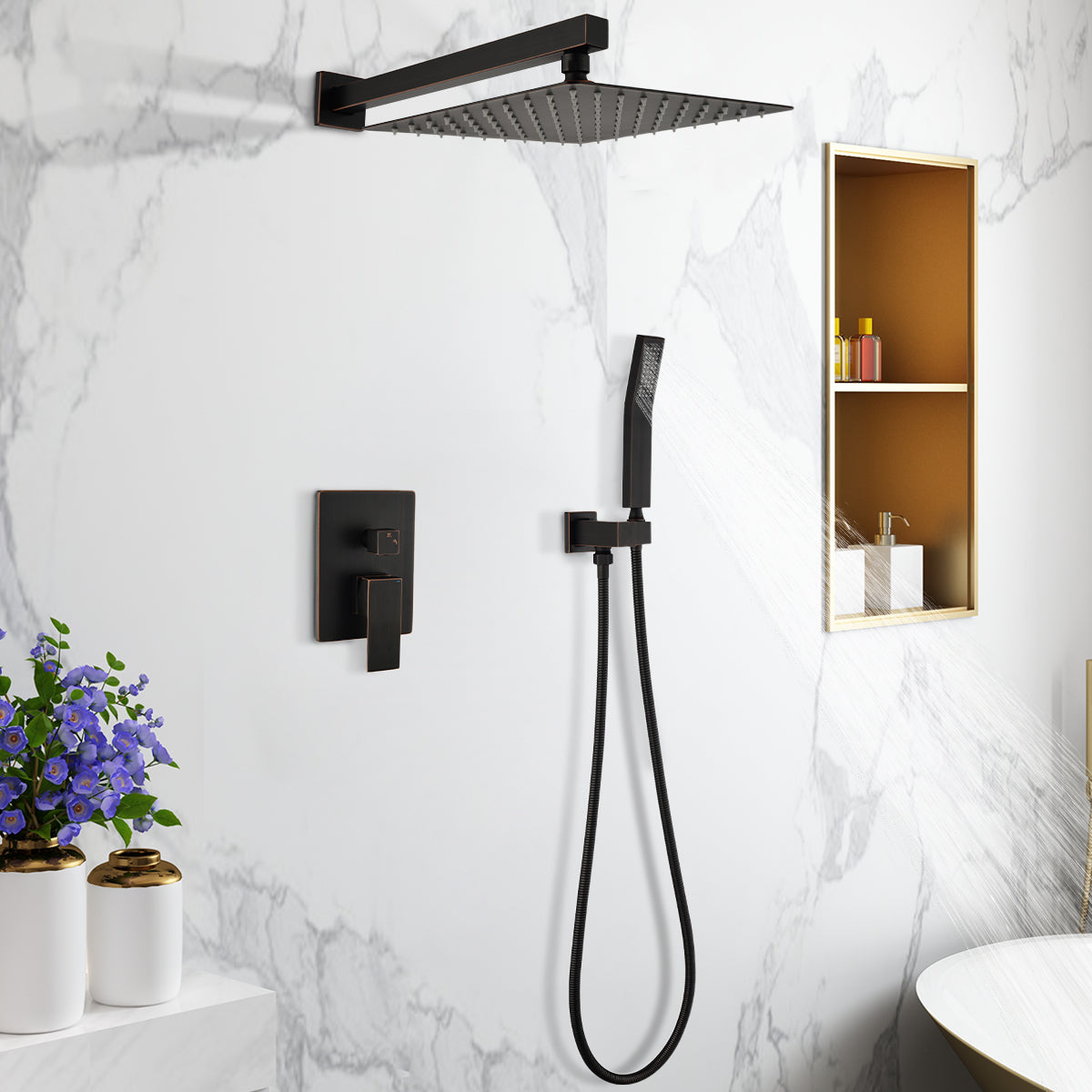






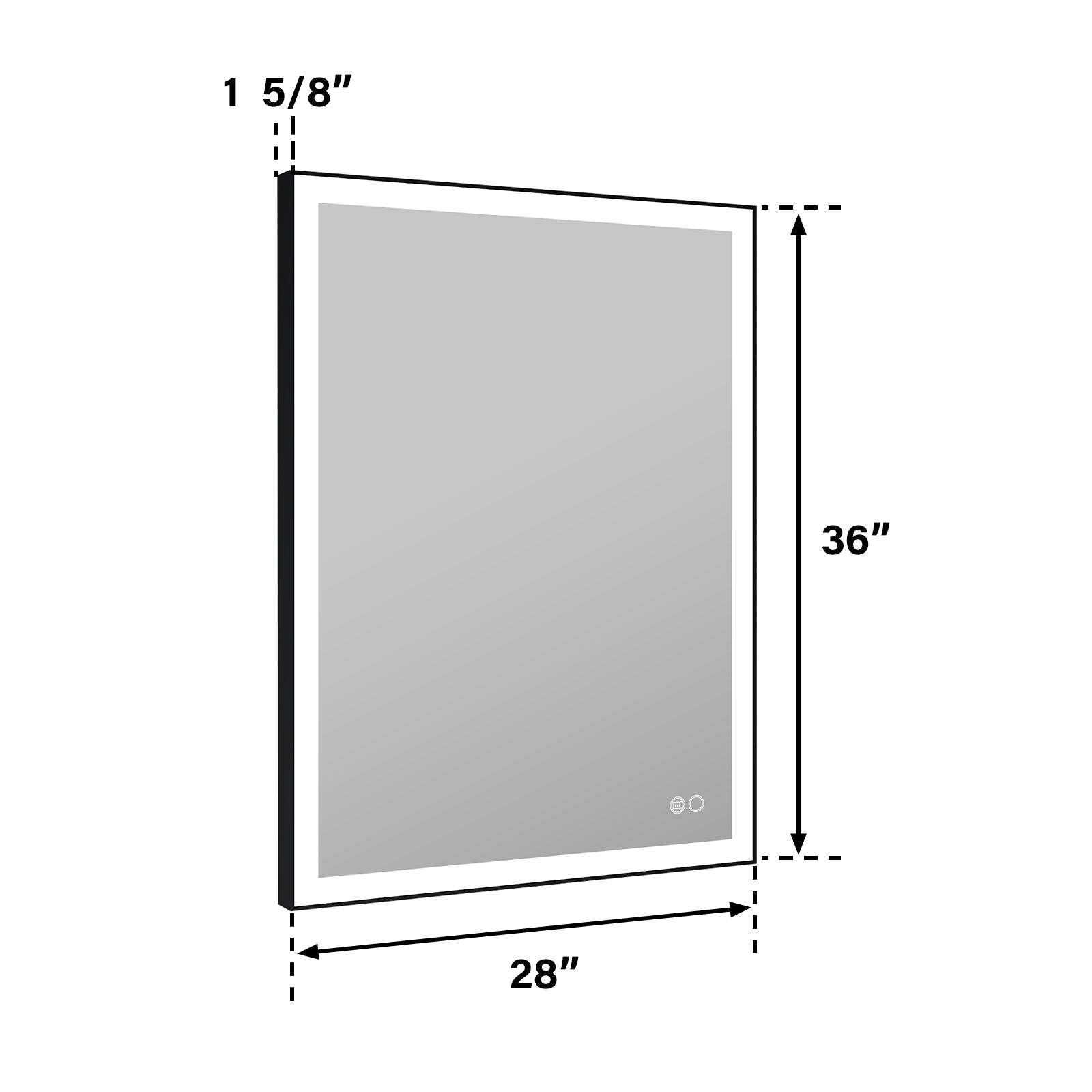
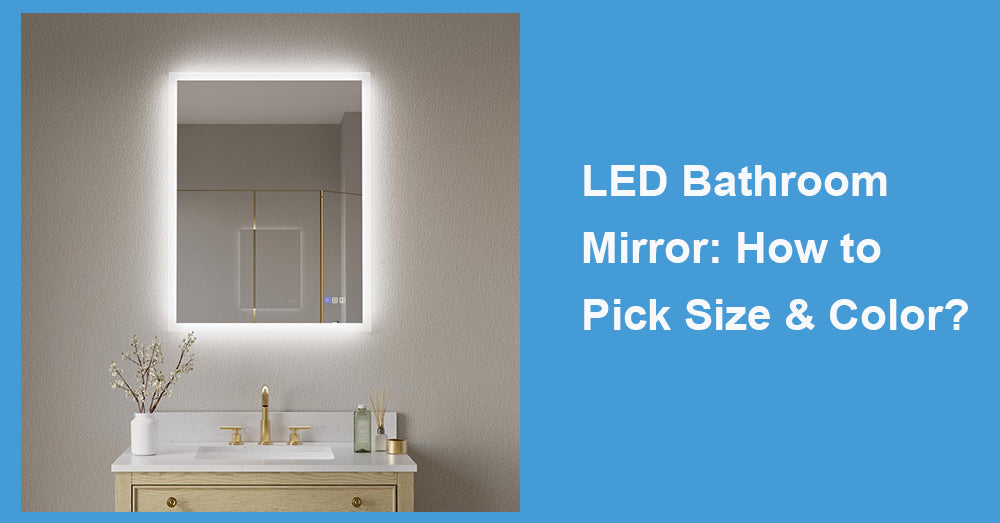
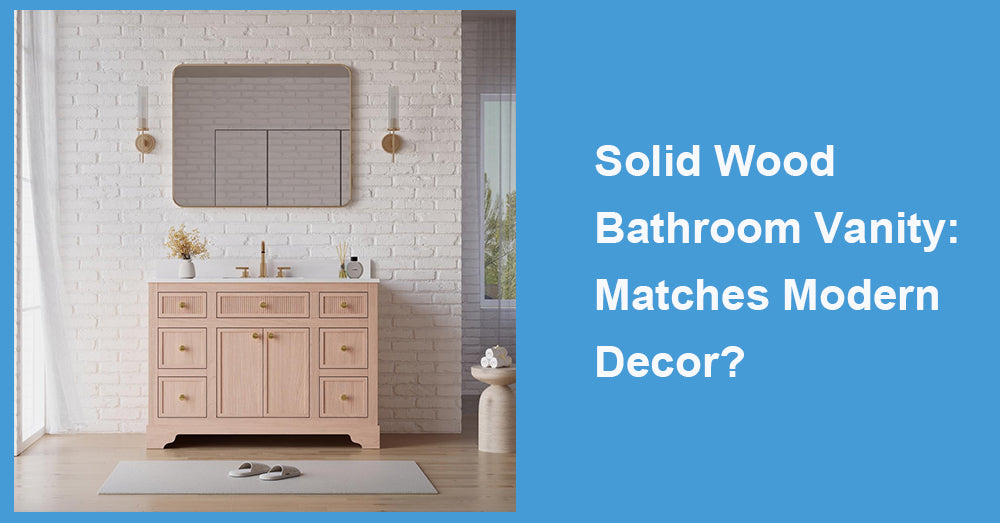
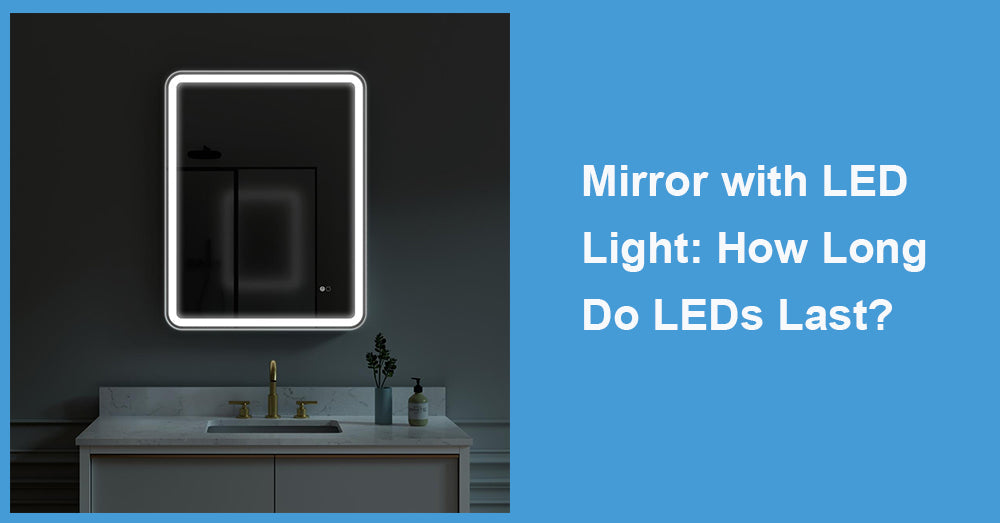
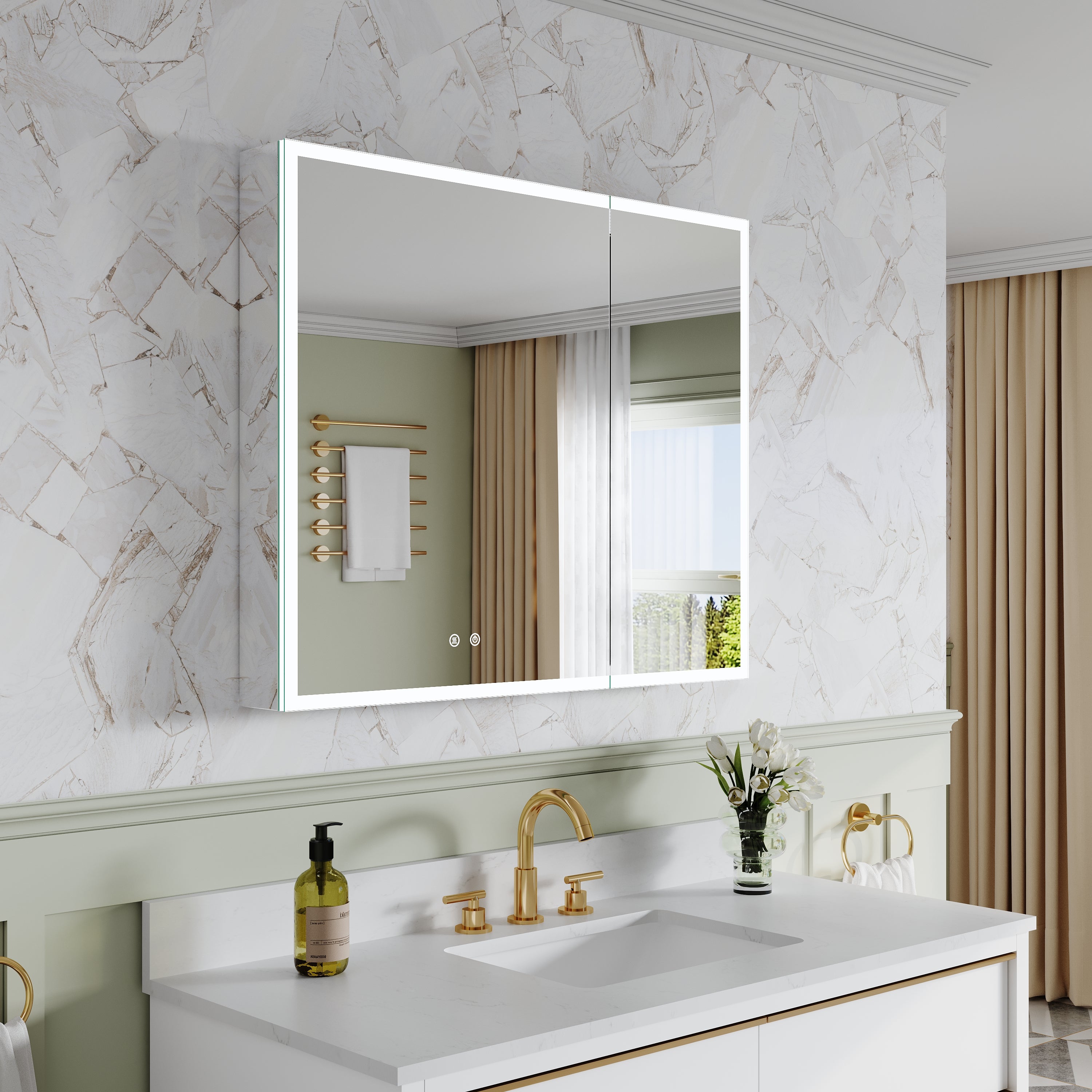
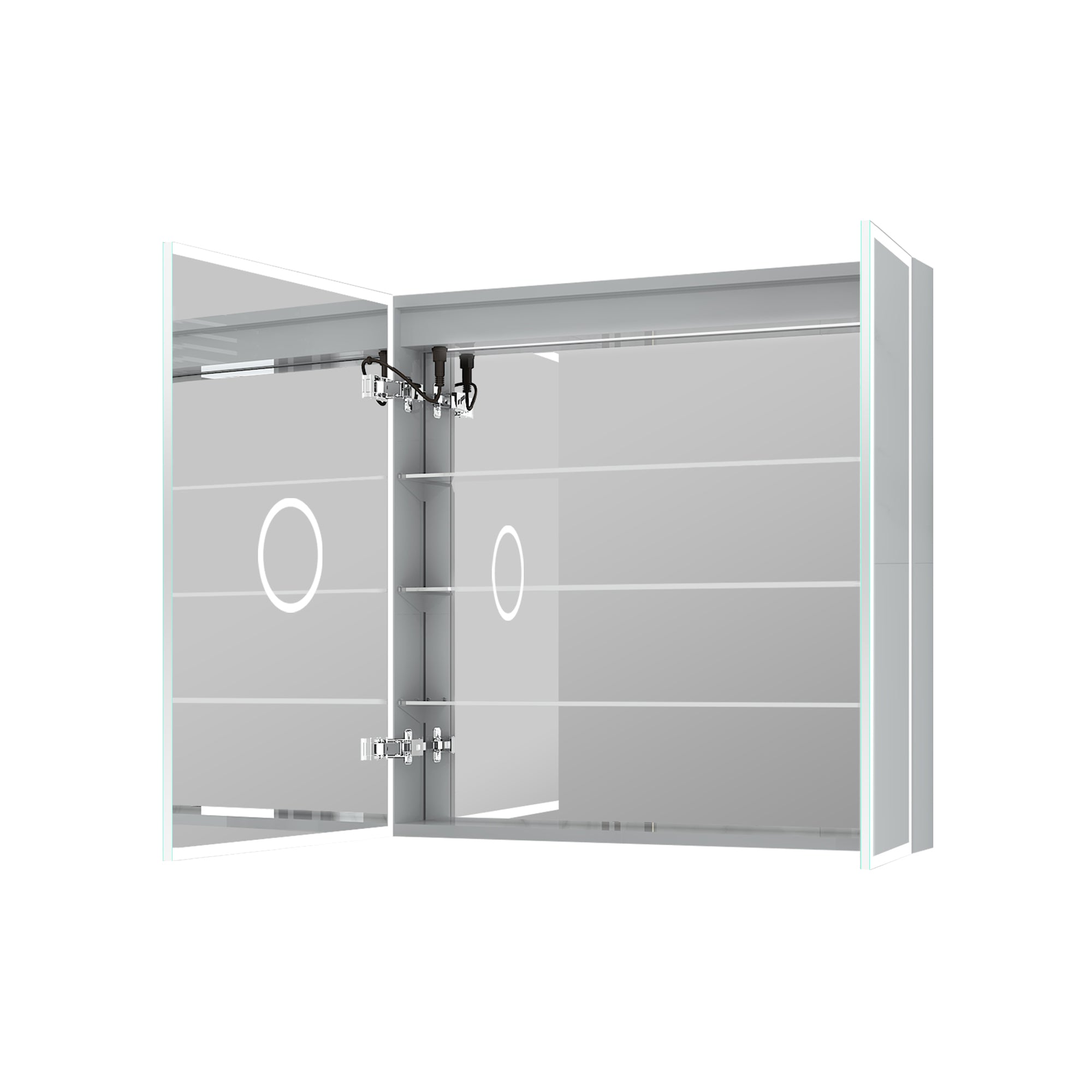
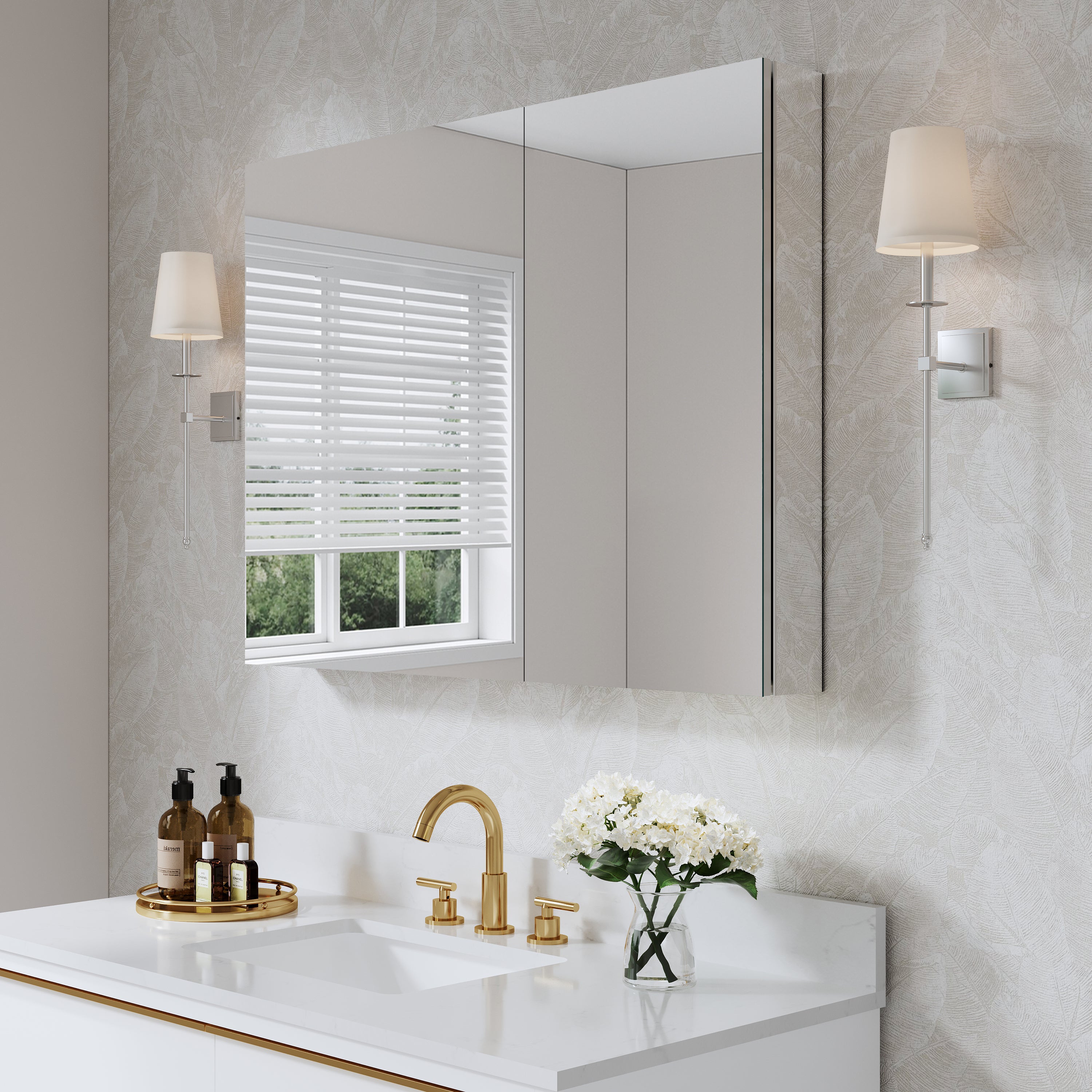

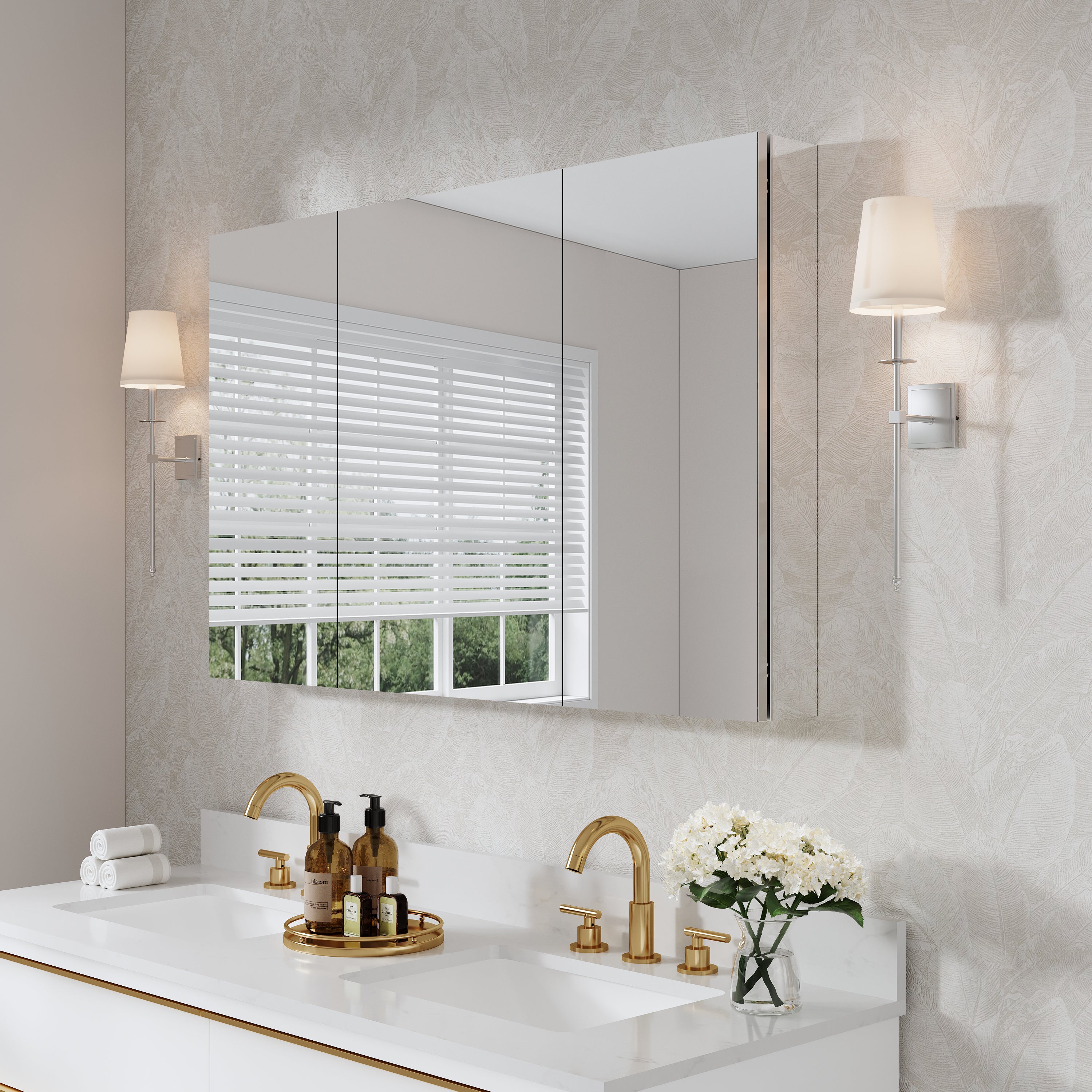
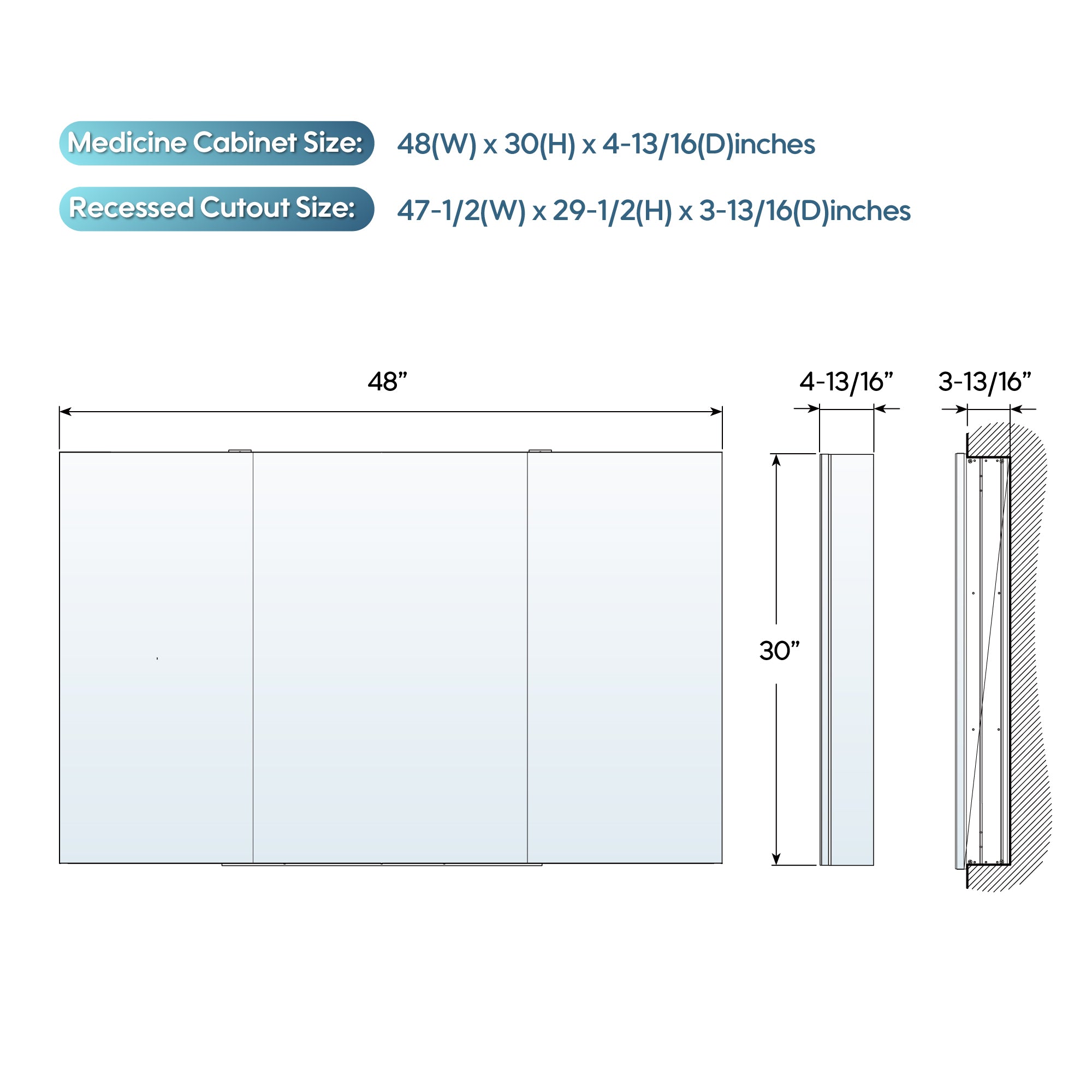

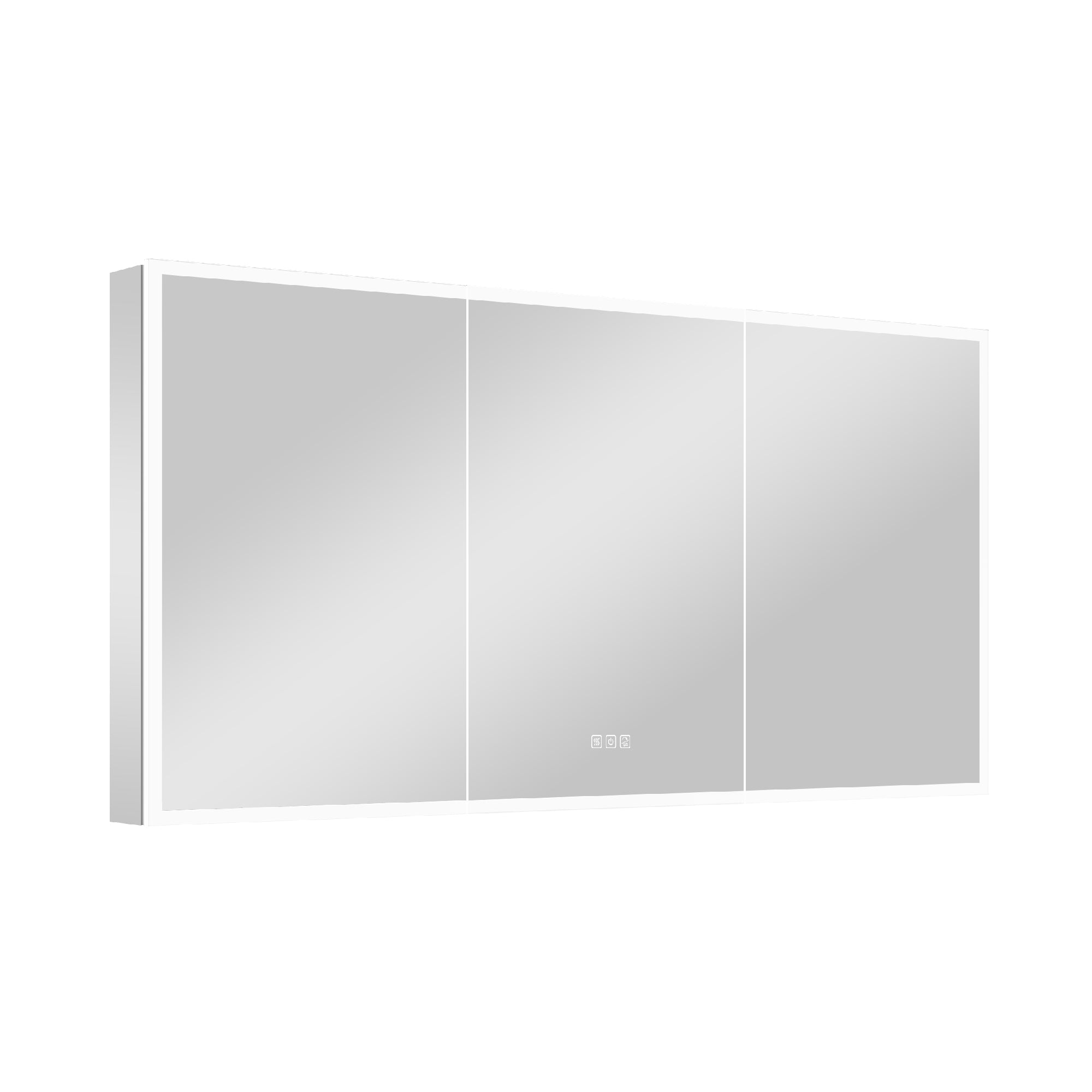
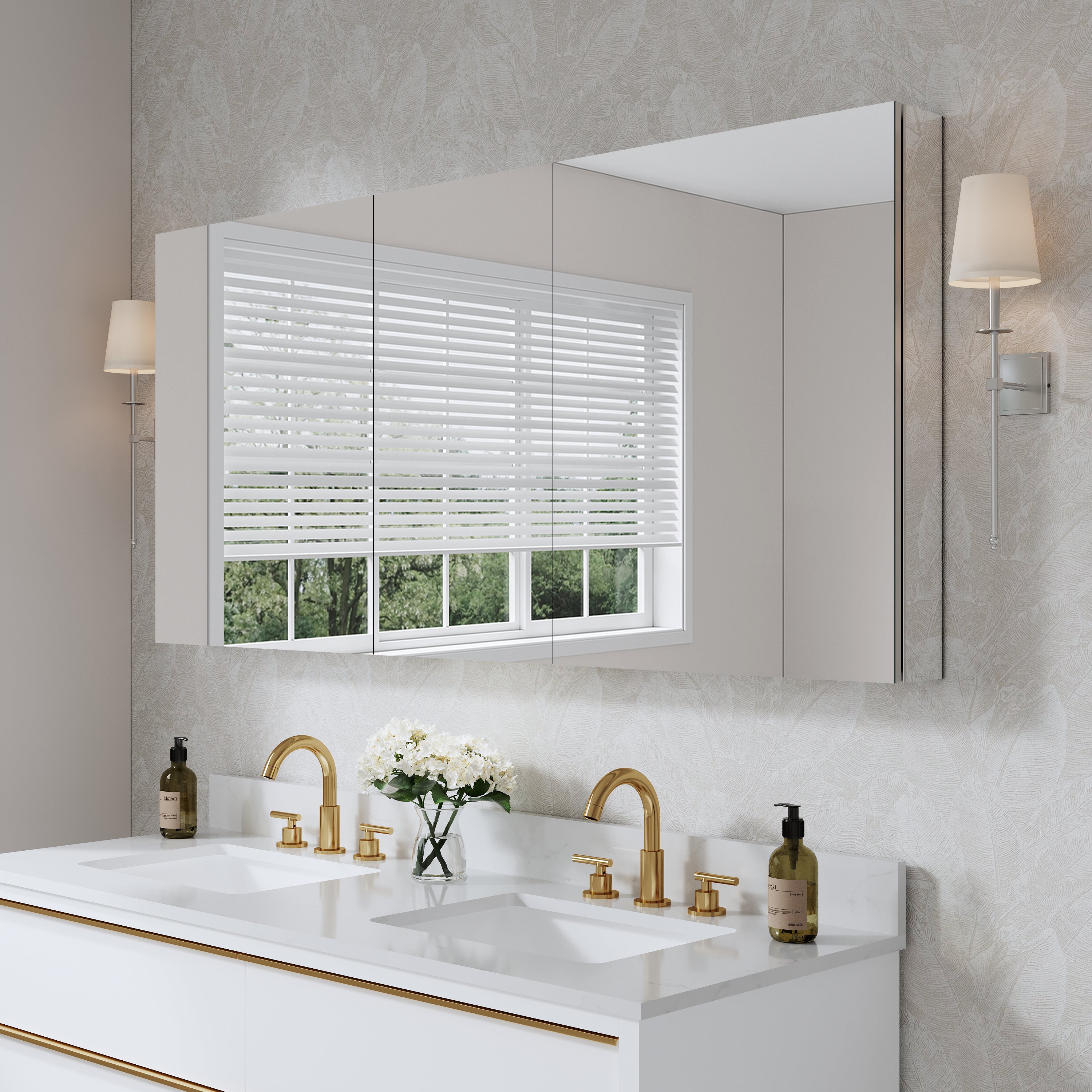




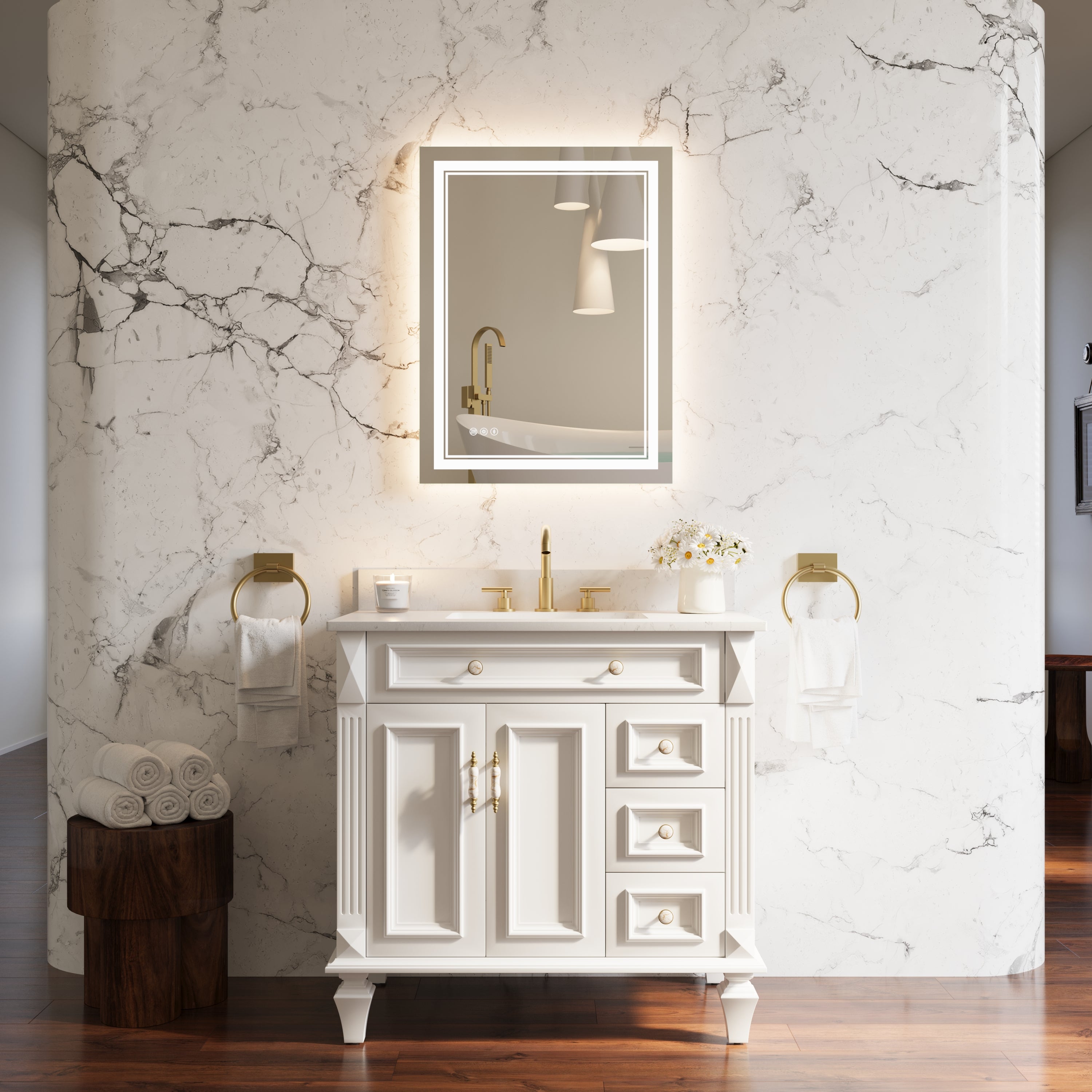
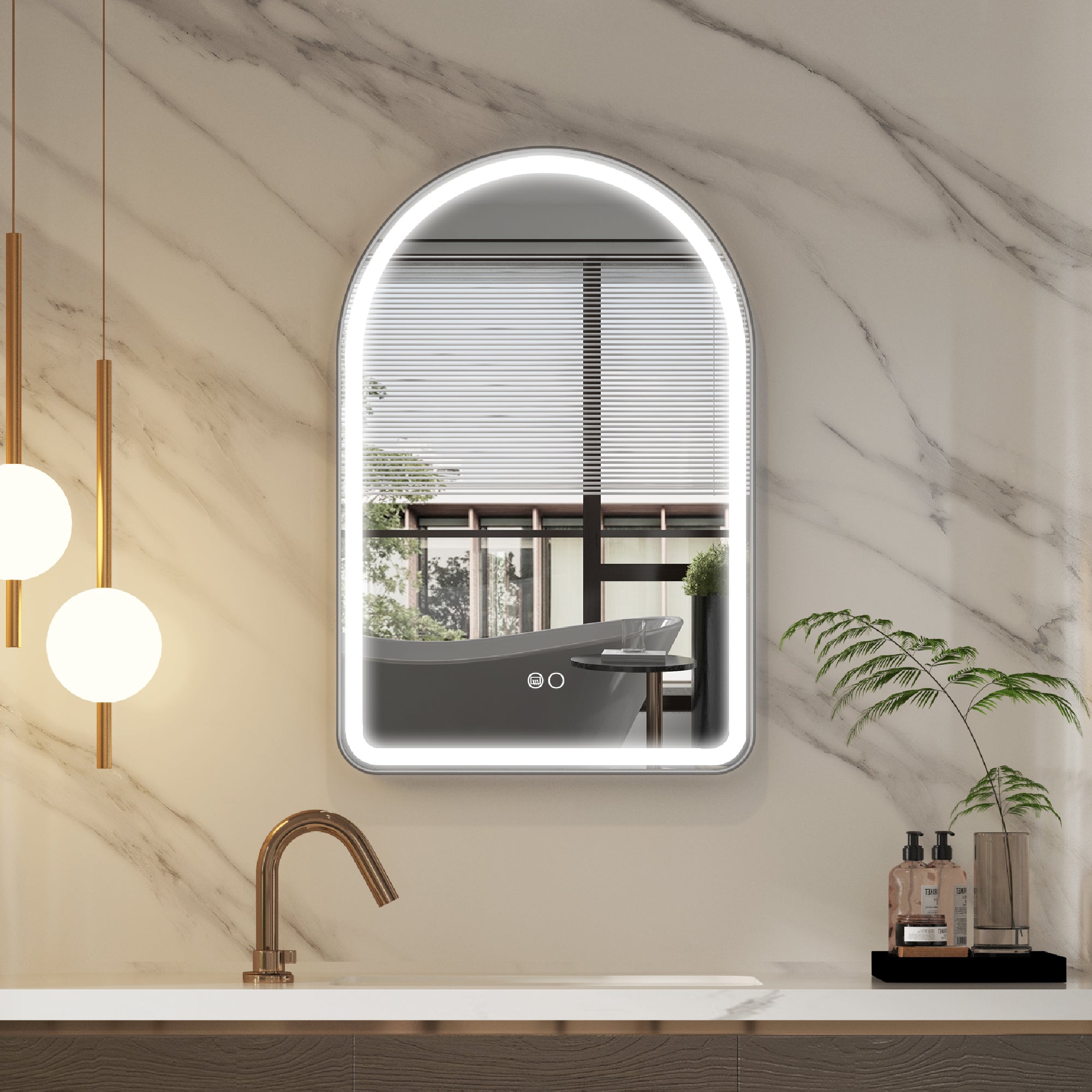
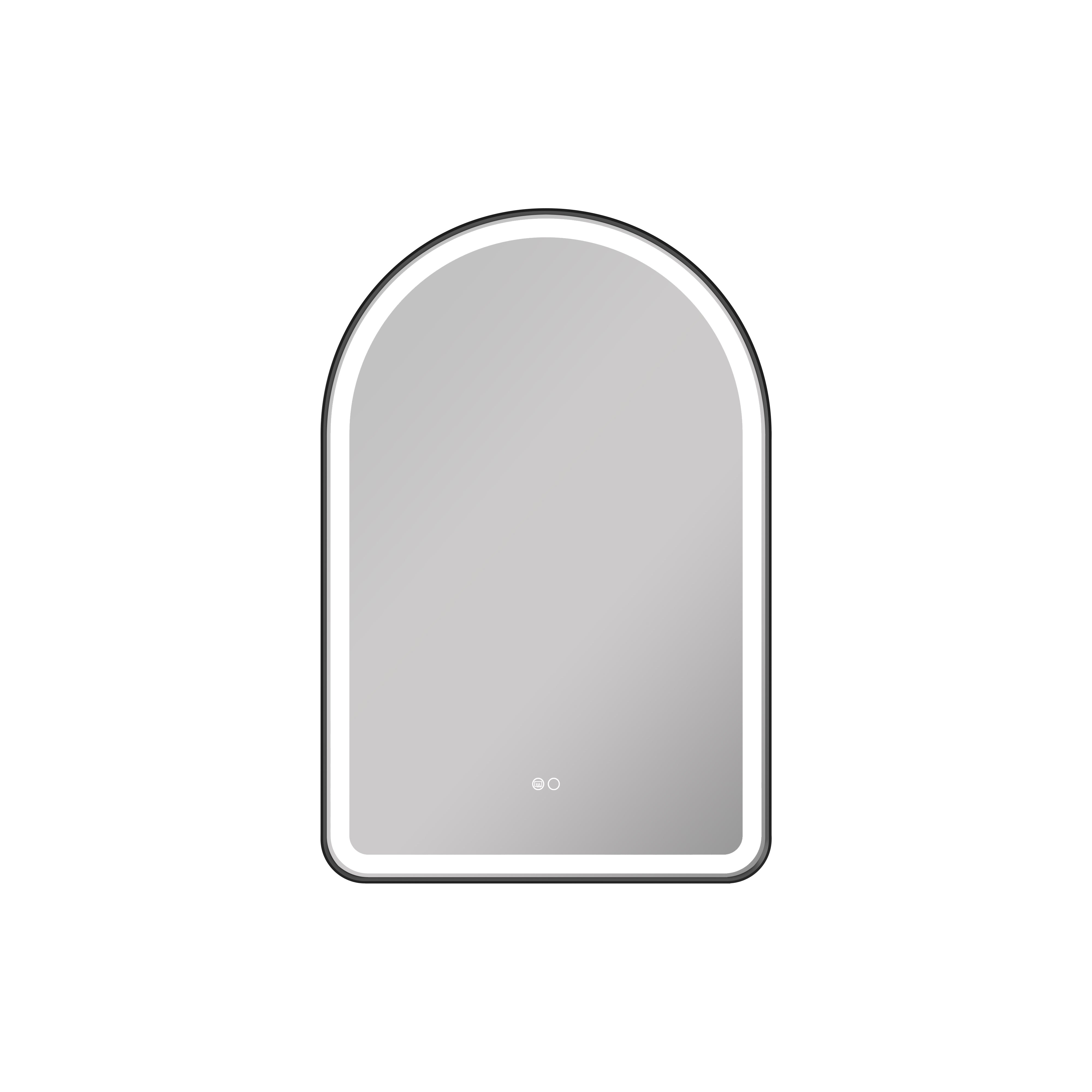

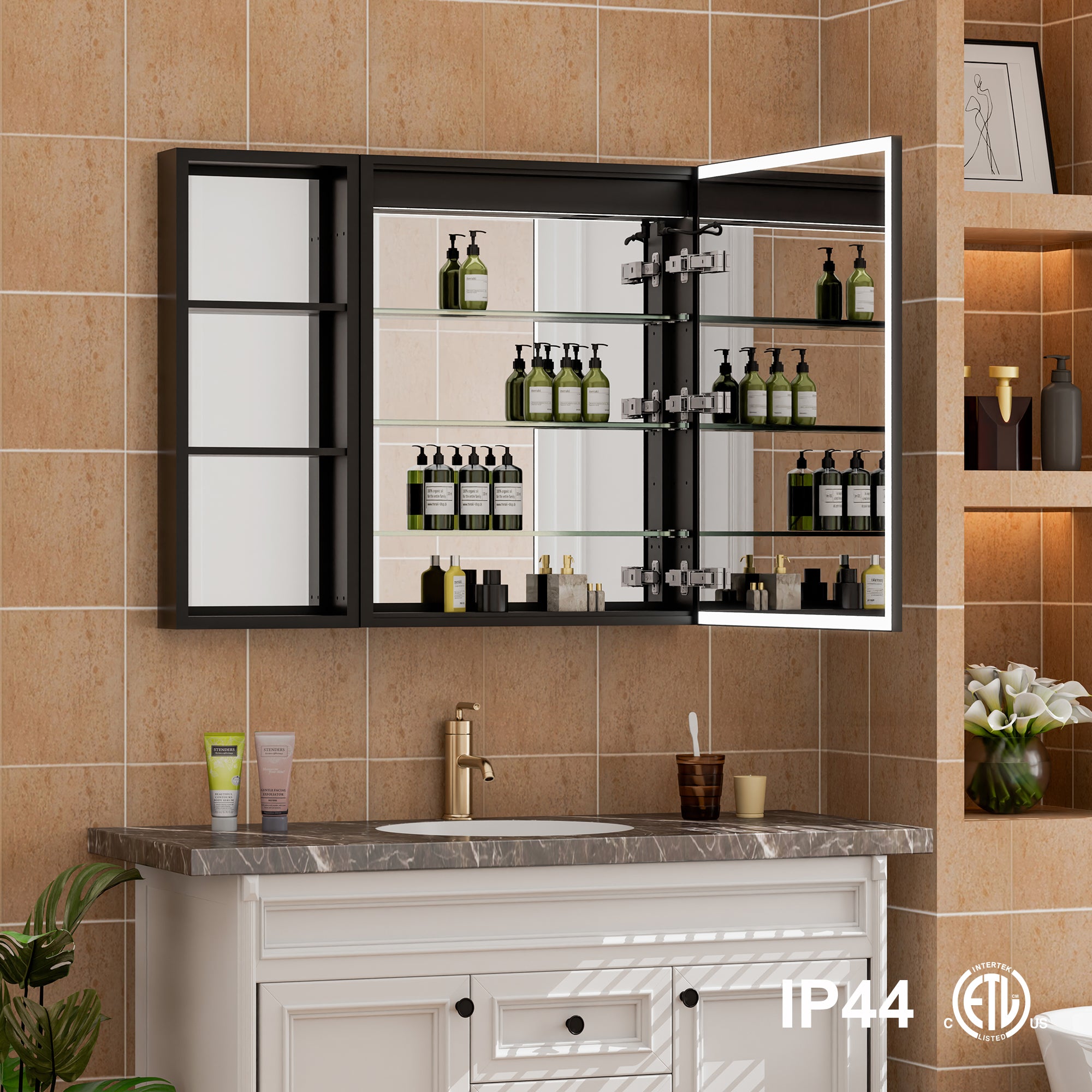
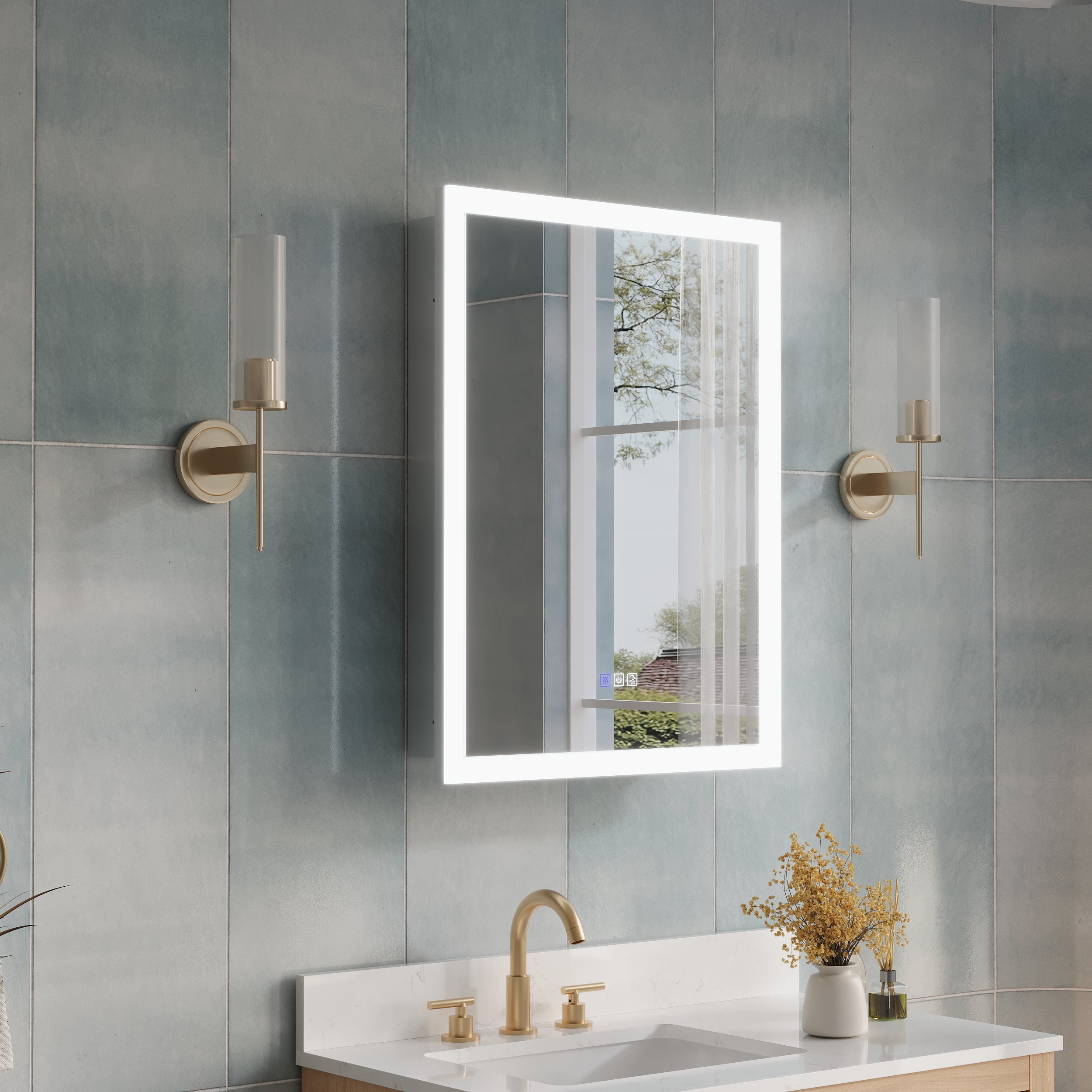
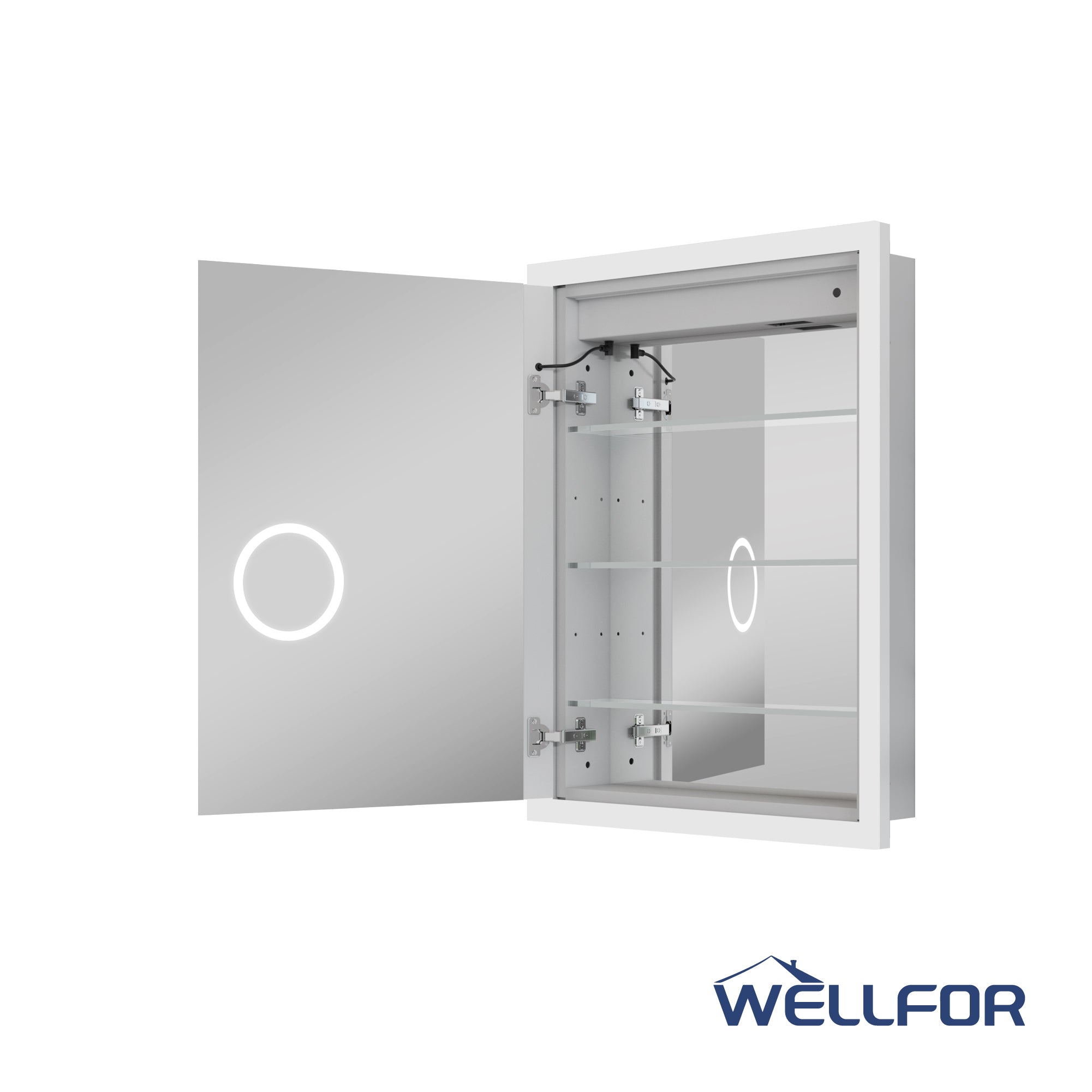
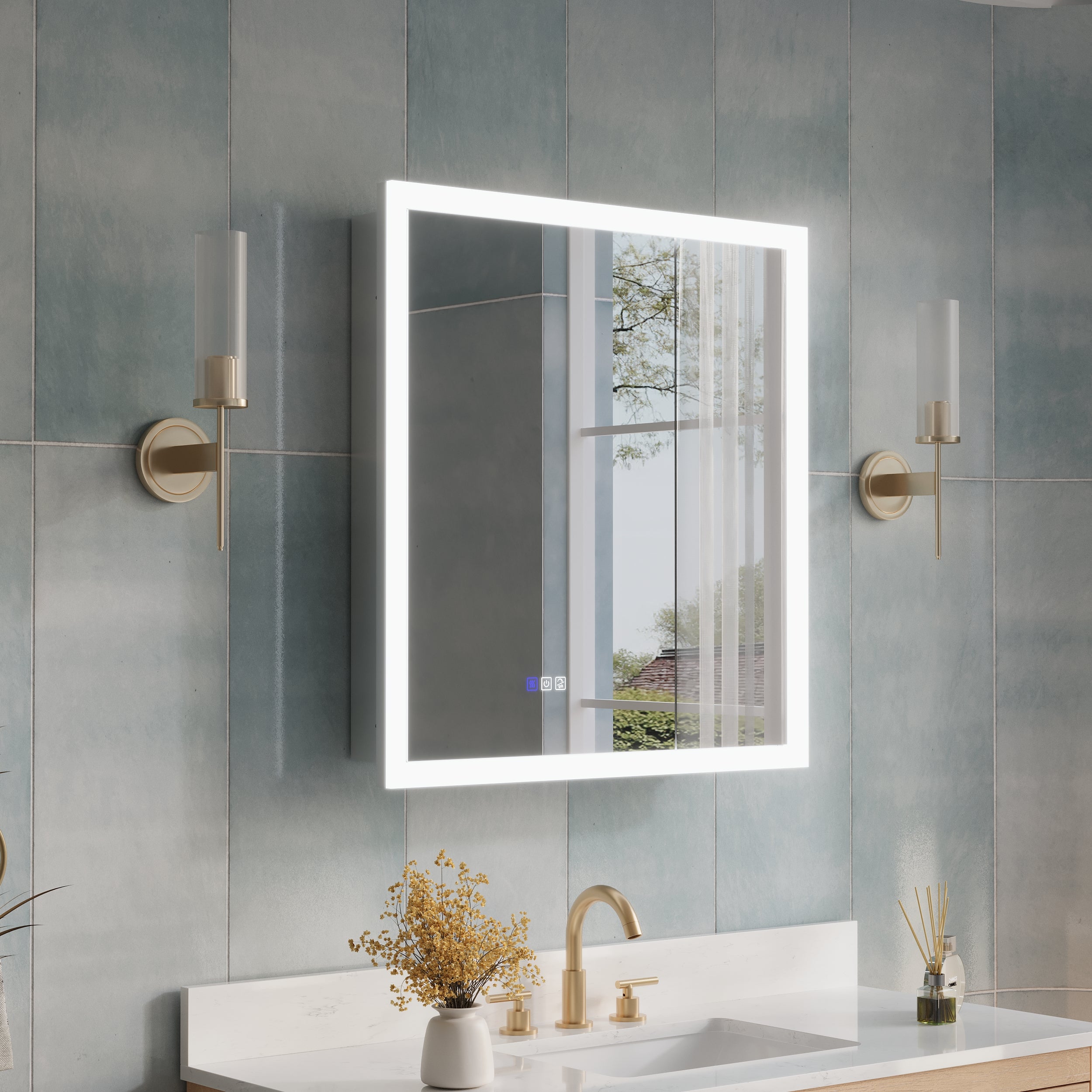
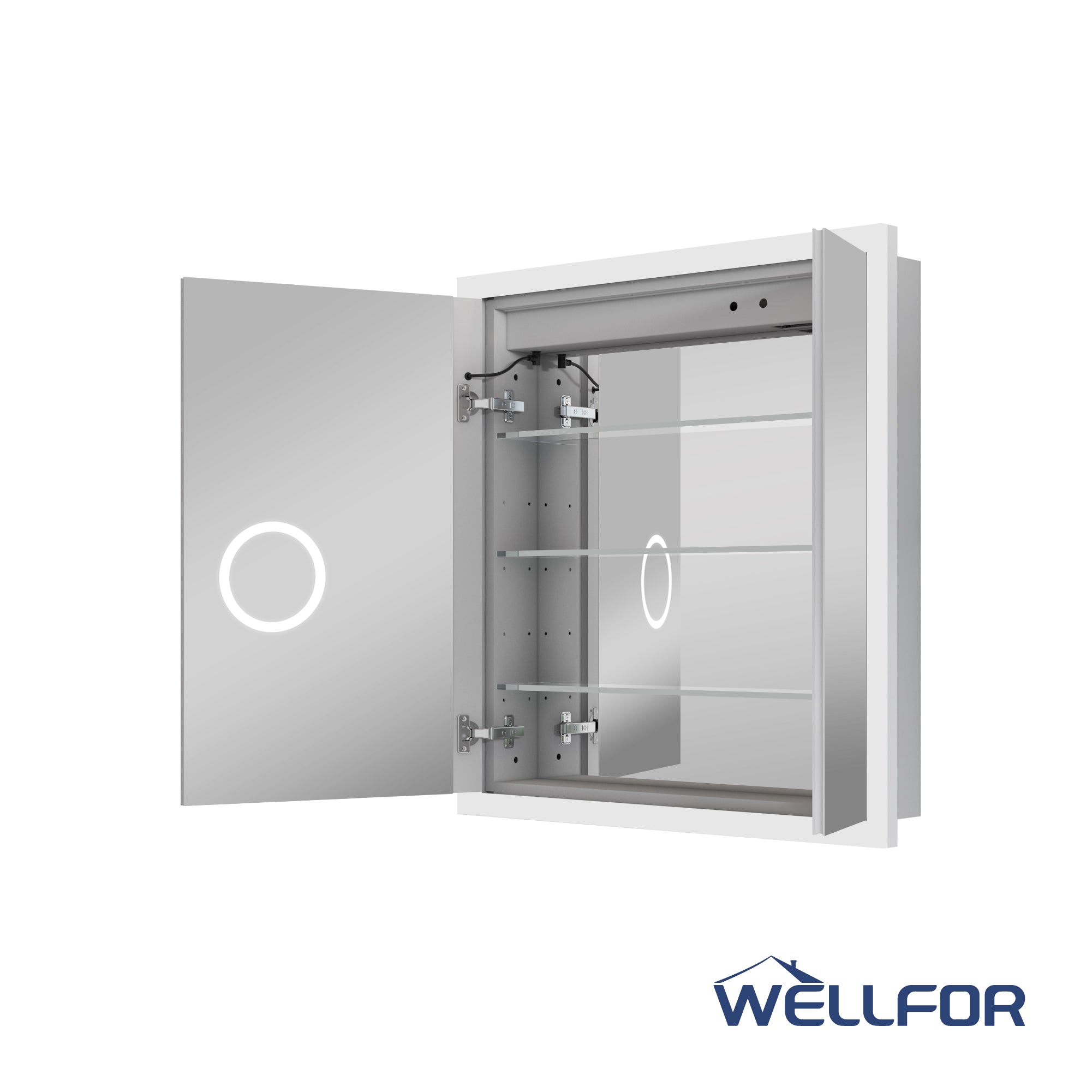
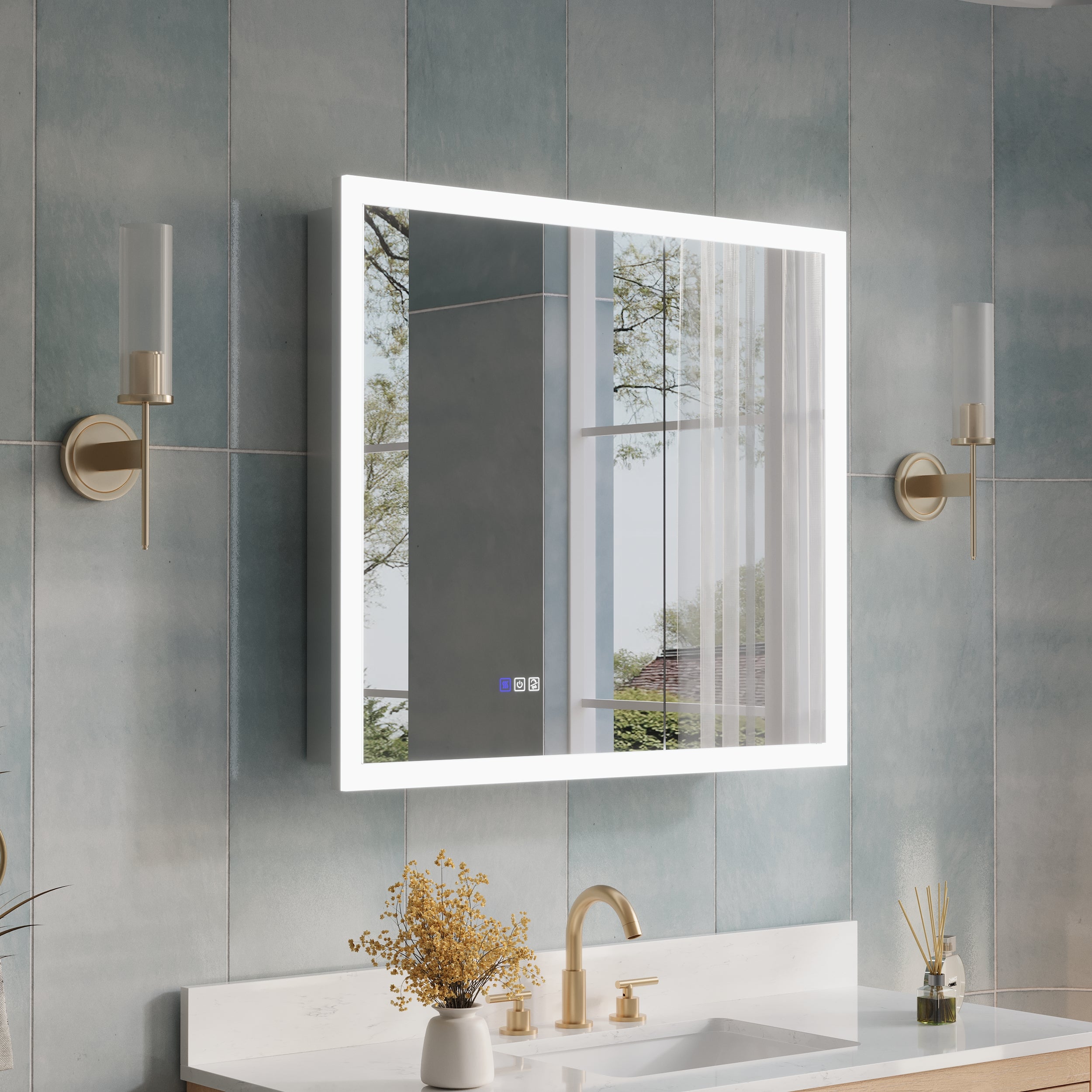

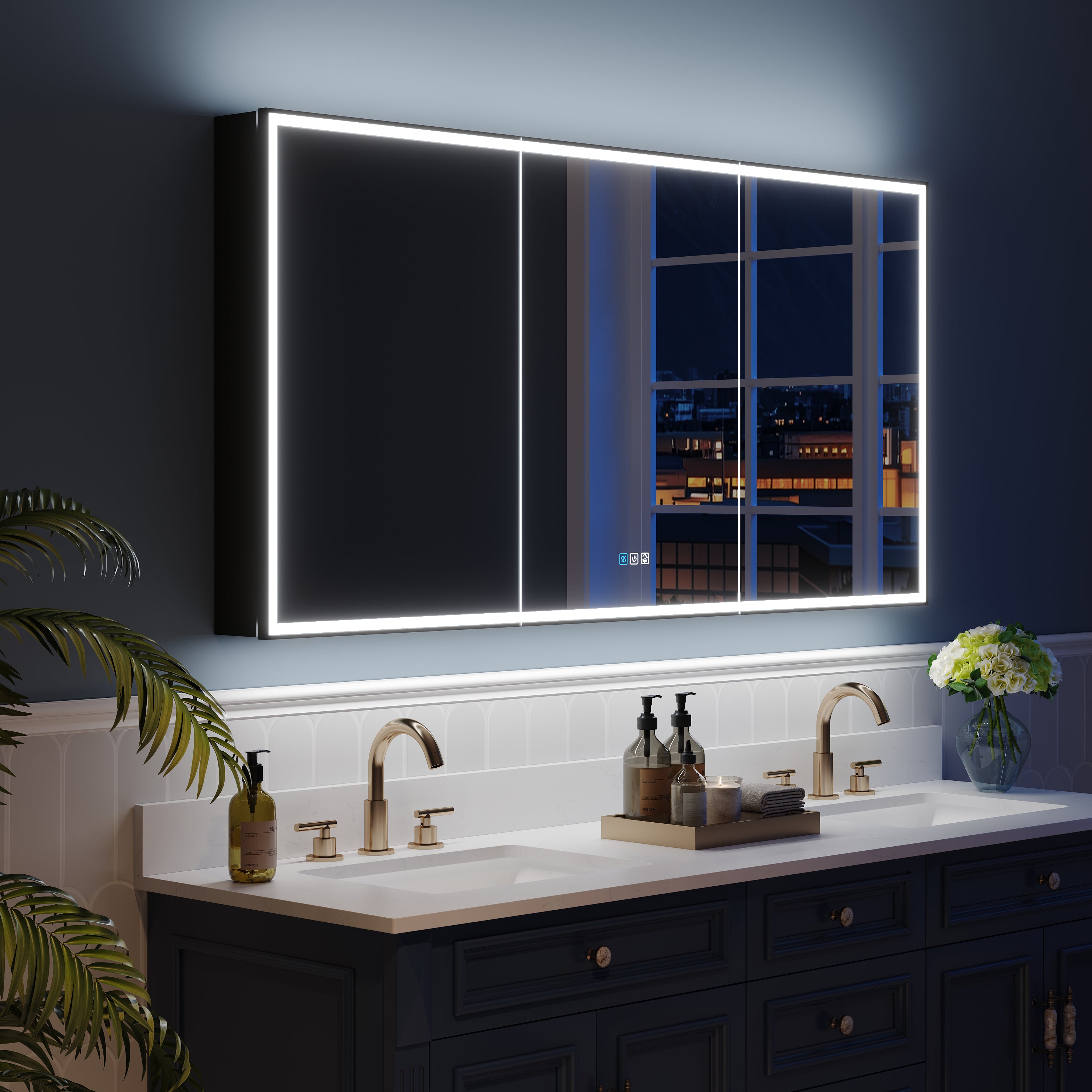
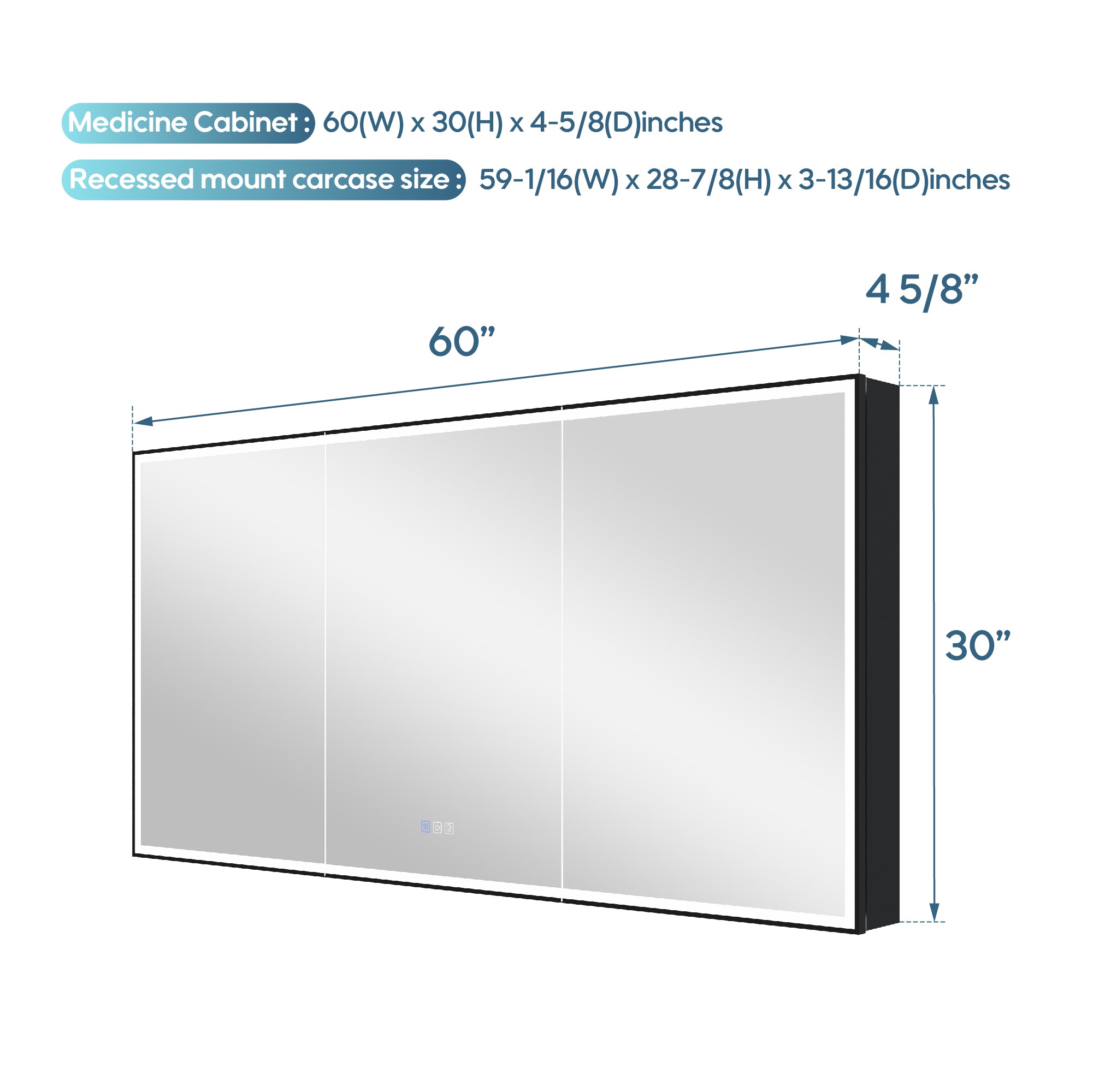
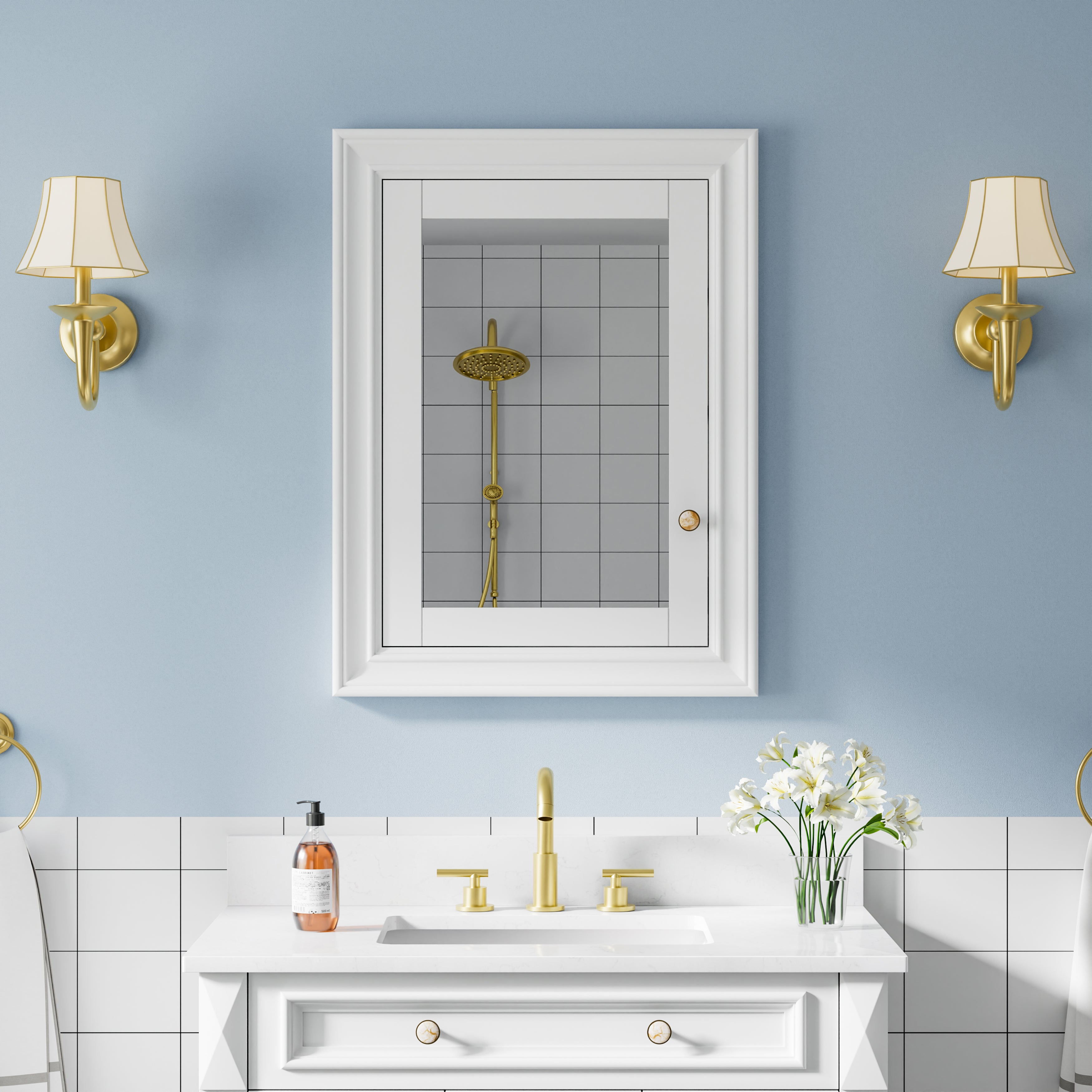


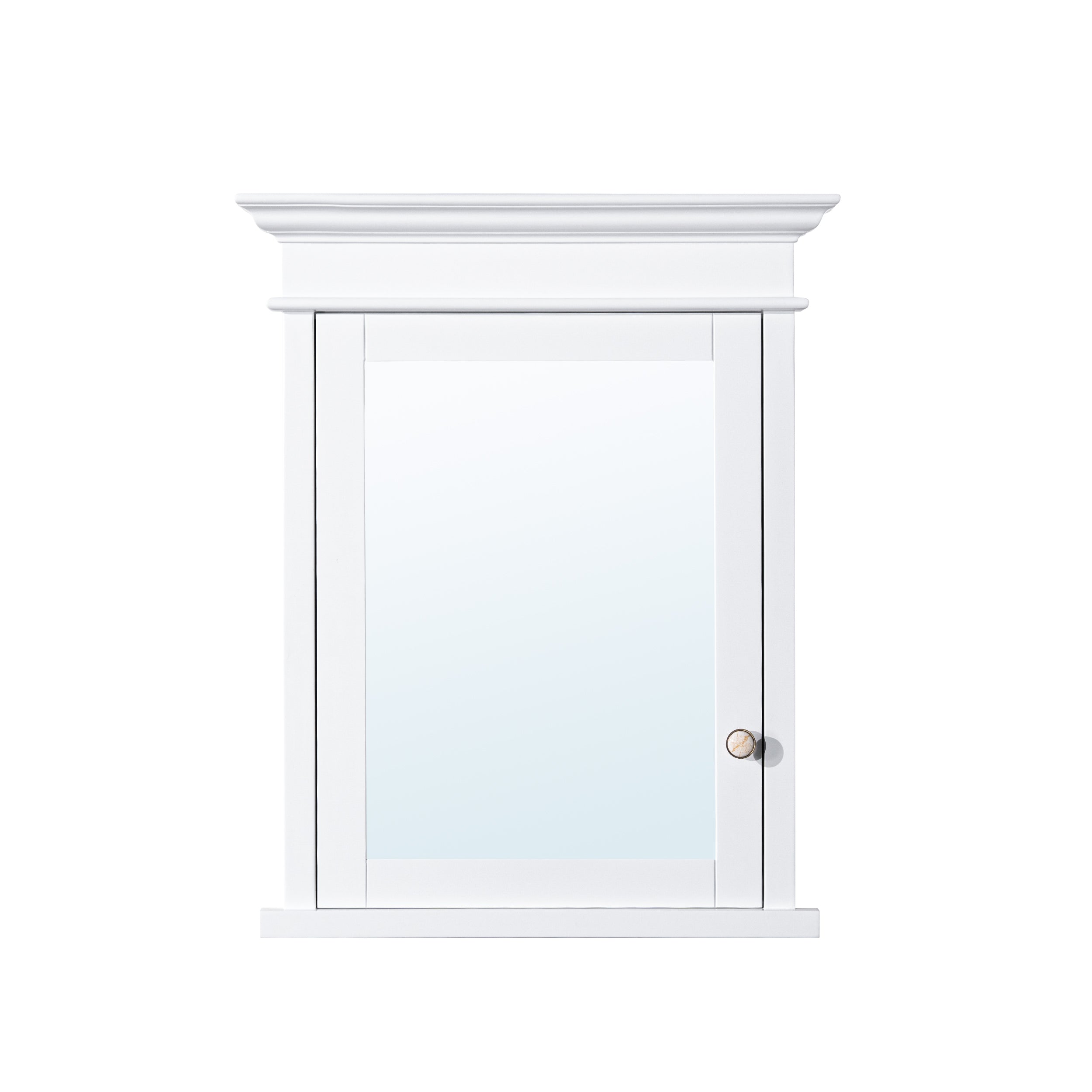

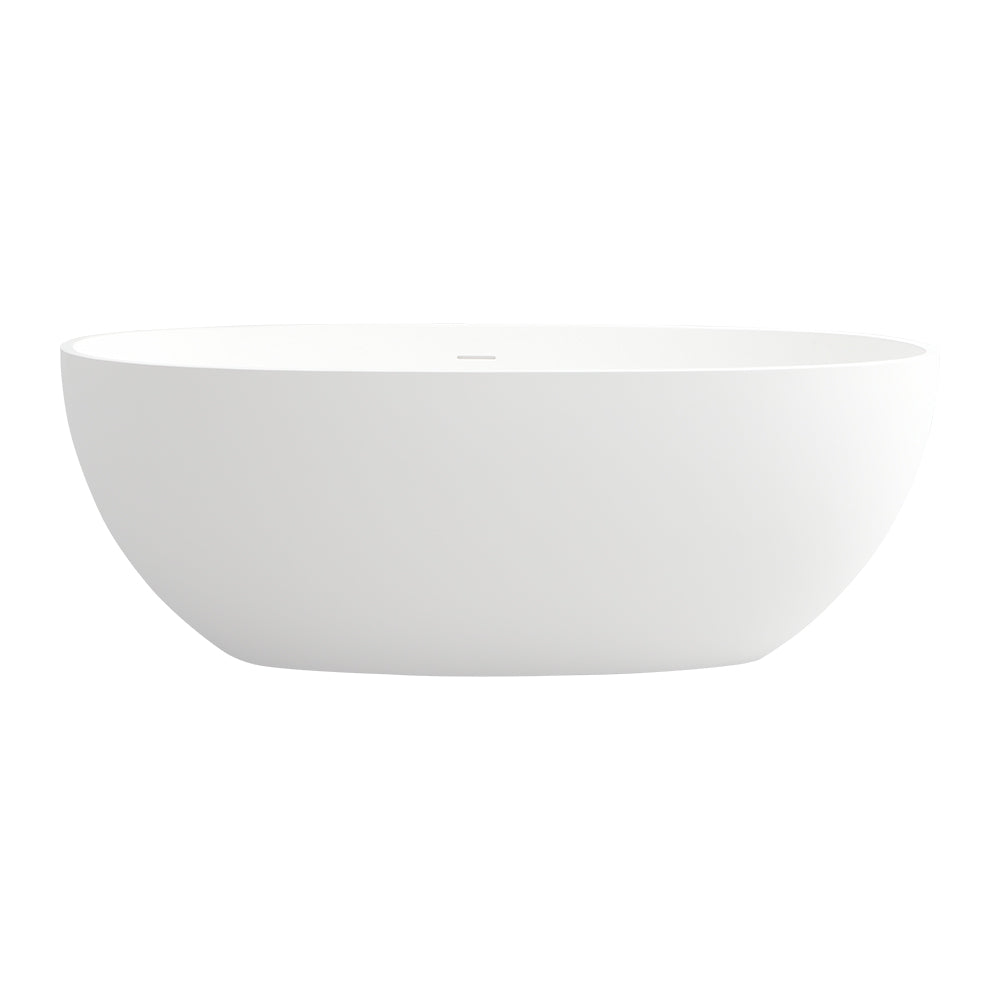


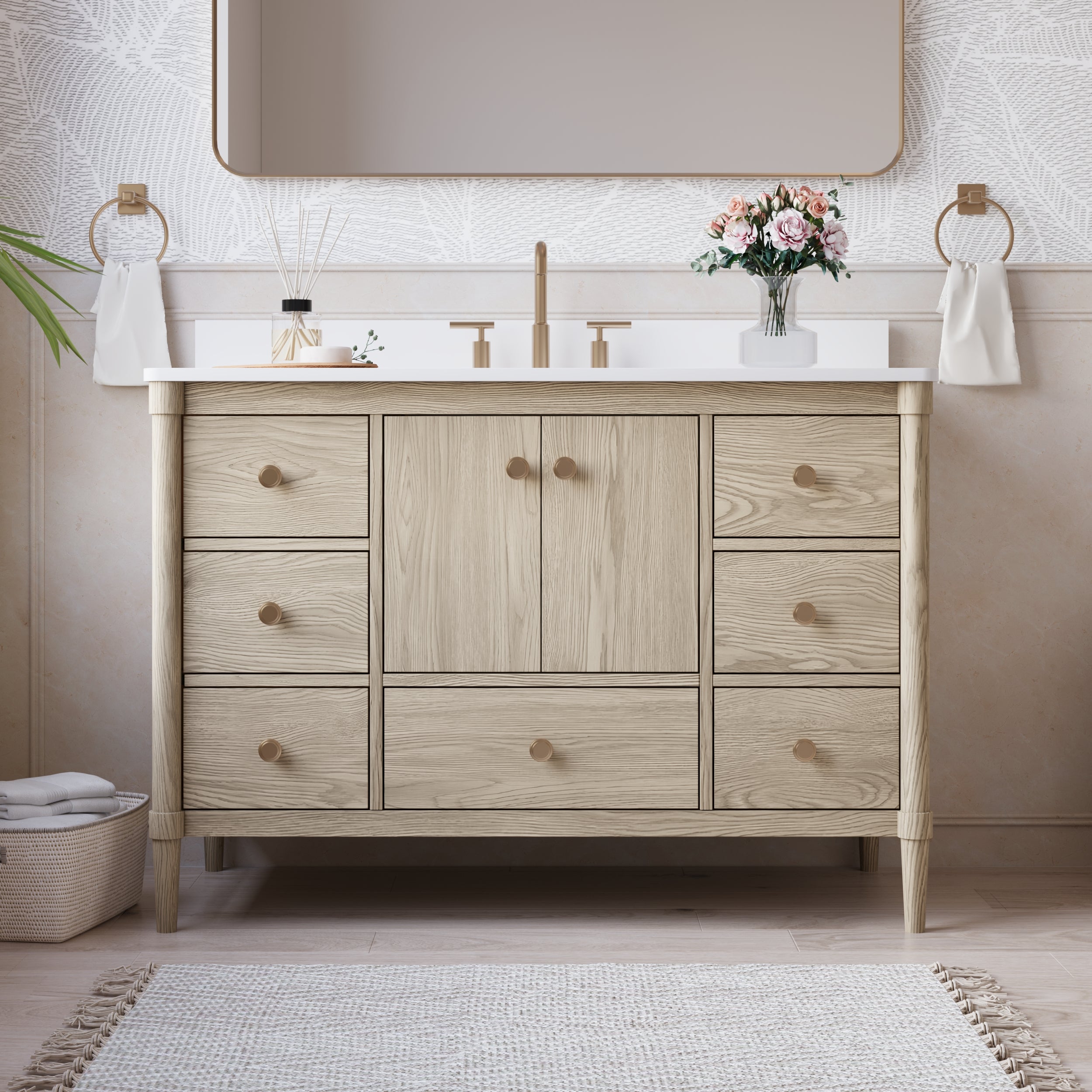
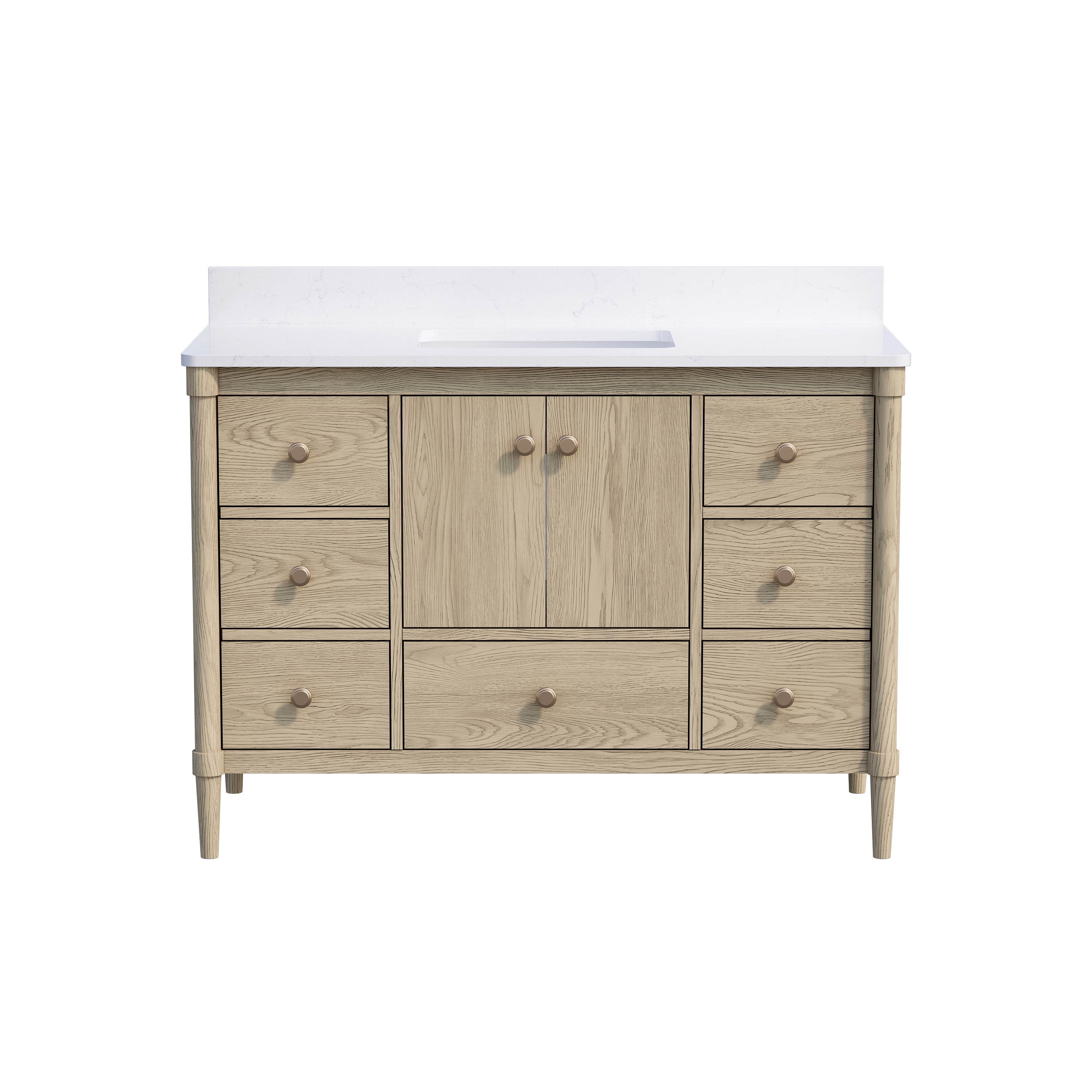
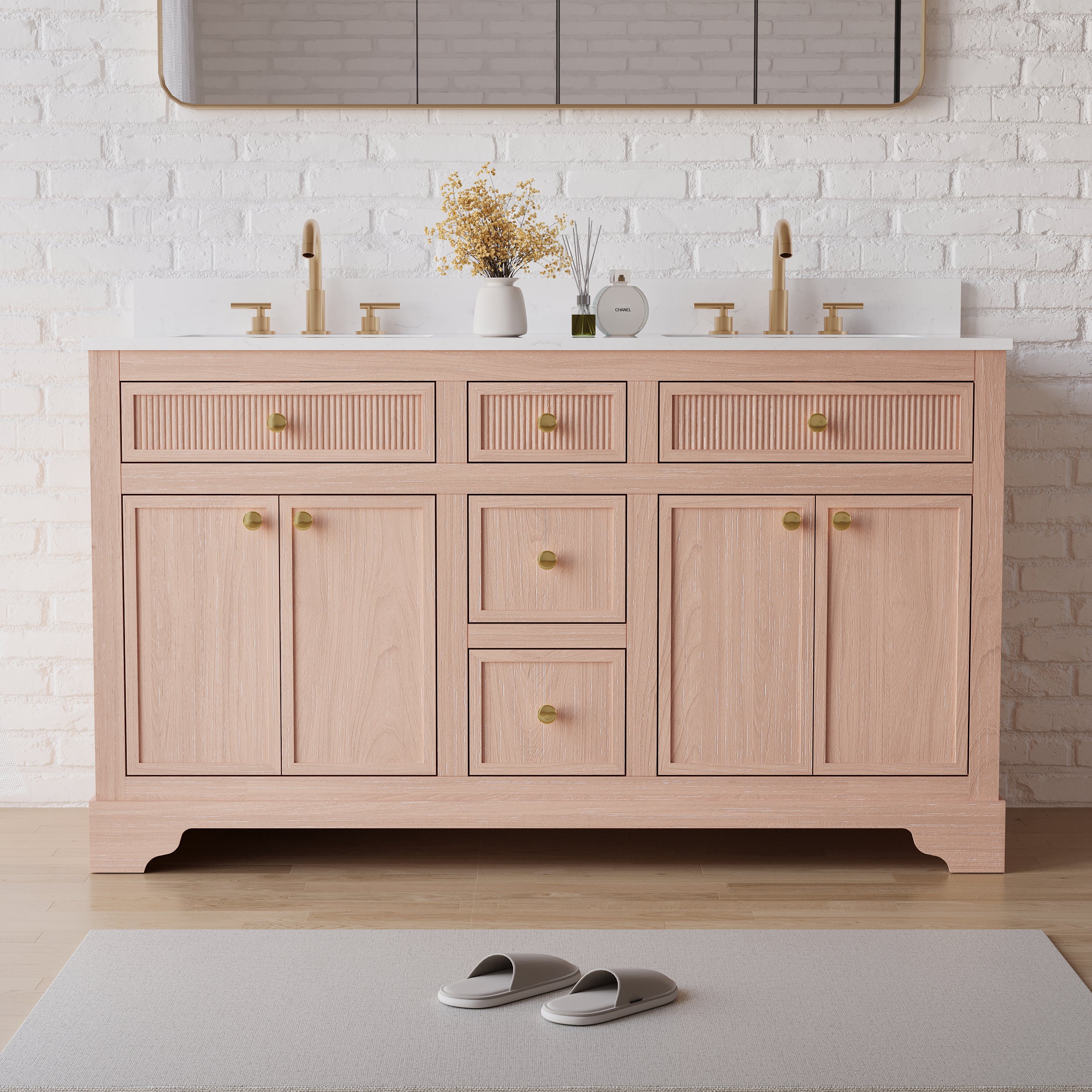



Leave a comment
This site is protected by hCaptcha and the hCaptcha Privacy Policy and Terms of Service apply.